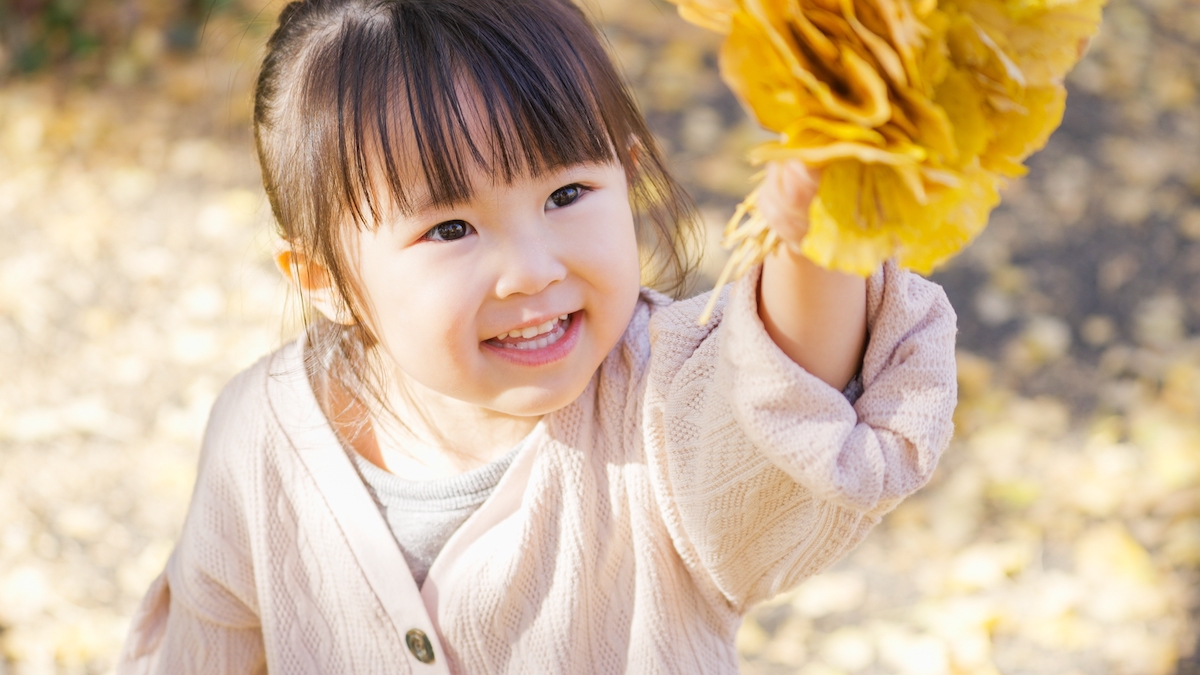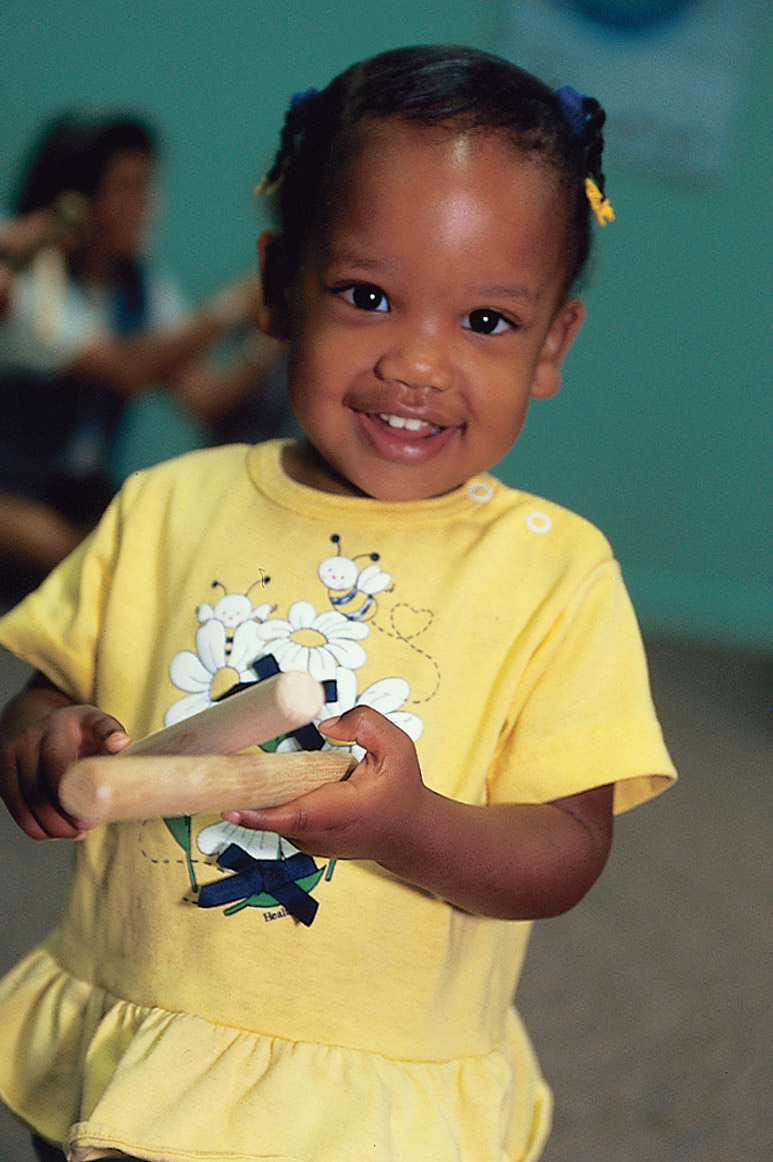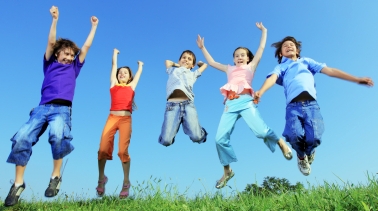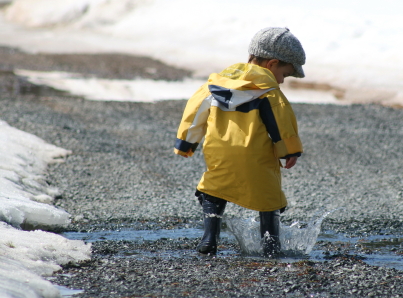
Have you ever sat in a movie theater, and several people in the row behind you are all talking? I bet you found it difficult to concentrate on the movie.
What does this have to do with your child in a Kindermusik class? Just imagine this scenario: your Kindermusik teacher brings out a basket of rhythm sticks and sings “two for you and two for your grownup”. Most of the grownups in the room start encouraging their child to go get the sticks. They encourage them with their voices and now we hear 10 adults telling their child to go get sticks. At this point, some of the children will start to “tune you out”. I like to call this “selective hearing loss”. (I have teens at home and I am very familiar with this temporary, albeit sometimes annoying ailment.)
Although we highly encourage you to talk to your child throughout the day and label movements, sounds, and objects to help with language acquisition, there are times when we have to allow them to figure out what to do without being told. Allow them to problem solve.
I want to share with you an experiment we did in a few of my classes. I asked the adults not to give directions to their child during this class – just sing when it was appropriate in the lesson. The toughest part was the “no talking”. But they all agreed and were curious to witness their child in this somewhat altered environment. I encouraged them to guide their little one by being a model and using non-verbal cues.
Here is what some of the adults said at the end of class:
* They showed more patience
* They were more “in the moment” with their children
* Their children were more attentive and focused
* Their children felt freer to create, explore, and express themselves
Try a version of this experiment at home. Take time to explore with your child without giving them opinions or directions. Be a model for them through your actions and not your words. It’s not easy, but it may allow you to be “in the moment” with your child in a way you have not been before.
Special thanks to Kindermusik educator Cathy Huser for sharing this insightful post from her blog. Cathy’s program, Kindermusik of Cleveland, has been a top ten Kindermusik Maestro program for 10 years running.













